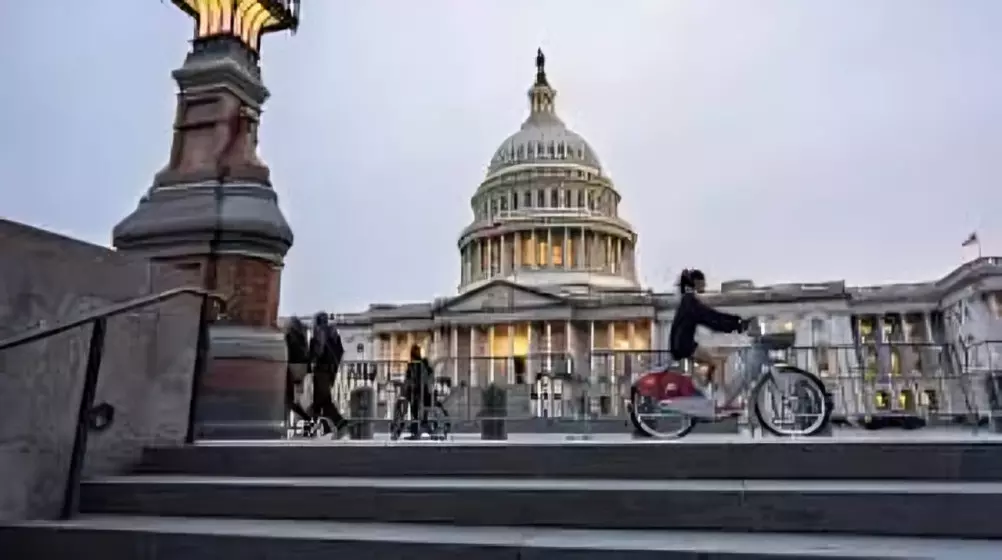US Government Shuts Down for First Time Since 2018: What Stays Open and What Closes
The US government has shut down for the first time since 2018 after a budget standoff between Democrats and Republicans. Here’s what remains open, what closes, and the possible impact on the economy.
The US government shuts down for the first time since 2018, leaving hundreds of thousands of federal employees furloughed as political deadlock deepens.

After Democrats blocked a Republican-backed stopgap funding bill that failed to address their demands, the United States government was officially shut down. The funding ran out at midnight, leaving big questions about when and for how long will this closure prove to be, as well as the services that will be compromised.
This marks the first shutdown to occur in the span of more than six years since that over-a-month-long shutdown... 35 days...in 2018-2019 during Donald Trump’s administration of his first term.
What the Shutdown Means
This shutdown halts operations considered non-essential for the Federal Government, while hundreds of thousands of civil servants are furloughed and are subjected to unpaid work. Essential employees in the military, border control, law enforcement, and air traffic control agencies will have to go to work without pay until funds are restored.
According to the CBO, about 750,000 federal employees could be furloughed on a temporary basis. In the past, furloughed workers have been reimbursed after the shutdown concluded, but uncertainty prevails this time, as Trump has alluded to permanent job cuts.sing fears of a deeper impact on federal operations.
What Will Continue to Function
Despite the funding lapse, some services will remain operational:
- Healthcare: Emergency and in-hospital care will continue.
- Security: Border protection, military, law enforcement, and air-traffic control will remain active.
- Social Programs: Social Security and Medicare checks will still be issued, though benefit verification and new card processing could be delayed.
- Government Priorities: NASA missions, Trump’s immigration enforcement, and limited FDA and USDA public health programs will continue.
What Will Be Paused or Closed
Non-essential services and programs face disruptions, including:
- Federal food assistance programs
- Food inspections
- Immigration hearings
- National parks and museums
- Government-run preschools
- Processing of student loans
These suspensions could cause widespread inconvenience, especially if the standoff extends. Travel delays are also possible if unpaid workers begin missing shifts.
Economic Impact
Short-term economic effects may be negligible, but a prolonged shutdown could cause deep scars in growth, may rock capital markets, and erode public confidence. Some economists hold estimates that the US can lose 0.1–0.2 percentage points of the GDP growth for each week of shutdown.
The closure is said to be more extended than in the 2018-19 shutdown as fewer funding bills have been passed on this front.
Why the Stalemate?
At the heart of the budget impasse is healthcare. Democrats demand that any spending bill include permanent subsidies under the Affordable Care Act, set to expire later this year. Without them, healthcare costs for 24 million Americans could rise—particularly in Republican-controlled states like Florida and Texas.
Republicans, however, argue that Democrats are holding the budget hostage for political gain ahead of the 2026 midterm elections.
What’s Next
With no compromise in sight, uncertainty looms over how long the shutdown will last. Since 1981, the US has experienced 15 shutdowns, most lasting just days. The last one under Trump was the longest in history.
This time, with healthcare subsidies and federal jobs at the center of the dispute, the standoff could stretch further—testing both Washington’s resilience and the patience of American workers.

